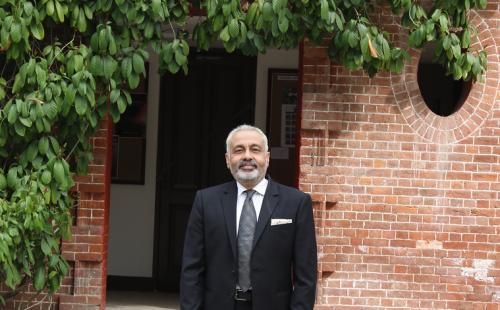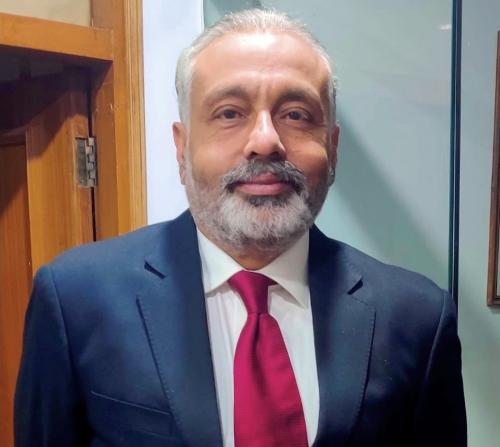India’s Rural Education – In search of Quality

Earlier, people associated rural
development with agricultural development, with an emphasis solely on increased
agricultural output. This misconception, however, has evolved over time. Rural
development is defined very differently today than it was two or three decades
ago. Rural development now includes efforts to improve rural residents’ quality
of life. It entails improvements in their health and well-being, education, a
safe and stable environment, equitable income distribution, and no gender
discrimination. Because villages house more than half of India’s population,
the rural education system contributes significantly to the country’s economic
development.
“Education can take the form of a social
reform, raising rural people’s awareness of their rights, improving individual
living standards, and providing them with job and income opportunities, among
other things.” Says Anoop Singh Bishnoi, Chairman of Foundations running
Schools in rural Punjab. The number of students attending school in rural India
is increasing, according to the Annual Status of Education Report (ASER).
However, more than half of the students in the fifth grade are unable to read a
second-grade text book. They are unable to solve basic mathematical problems.
As a result, rather than focusing on increasing literacy rates, it is time to prioritize
quality education. Children must be provided with a high-quality education and
knowledge that can be applied in their daily lives.
In the current rural scenario,
government-run schools merely have a roof and solid walls, with no proper
seating arrangement, clean toilets (or any toilets at all), and a poor
connection to electricity, resulting in only partial or no education. When it
comes to the teachers, they are barely interested in teaching; in reality,
teachers in a government-run school in a rural area are simply not paid well
enough to keep them interested in teaching. The statistics derived from
enrollment figures, on the other hand, paint a completely different picture,
indicating the success of rural education measures. These data figures may
paint a rosy picture, but we must look into the dark corners of the Indian
education system, especially in rural areas.
Aside from the basic twin ills of Access
and Affordability, which keep a significant portion of the child population out
of school, we must enquire about the level and quality of education received.
Primary and secondary education targeted programmes like SSA (Sarva Shiksha
Abhiyan) have definitely proven beneficial to some extent, but much more needs
to be done to truly educate India. We are reducing the magnanimity of
academicians’ and researchers’ brains to small potholes of job-seekers by
paying no attention to innovative learning and practical aspects. In recent
years, the silent degradation of talent has resulted in a large pool of
degree-holder, unemployed youth in India. If we start looking for reasons, the
first thing that comes to mind is a lack of parental interest in educating
their daughters. Next, because they have far less money in their pockets to
cover just one meal a day for their family, rural people place far more
emphasis on work rather than studies. An extra pair of hands at work is a much-appreciated
than minds in books.
“To make the current educational model
serve rural India better, we need to make certain changes in it. We need more
options for students after the 10th grade in each region, as well as
exposure to technology, industry and research-oriented learning, life skills
training, and less rote learning overall,” adds Anoop.





Comments